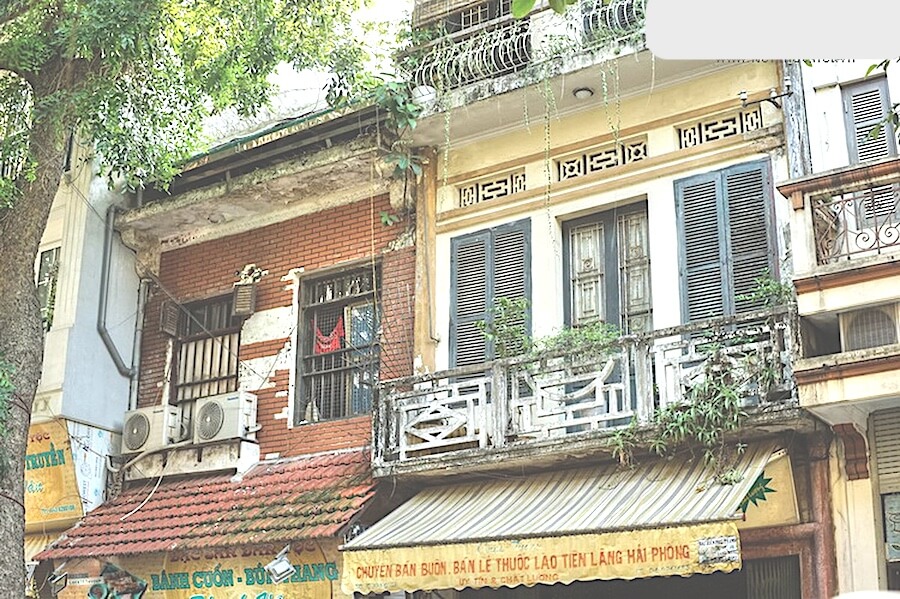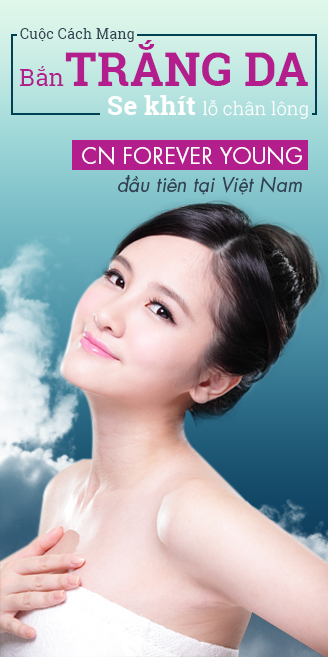Hang Ga Street derives its name from the poultry trade that was historically concentrated in this area. Houses along the street specialized in the sale of various types of poultry, including chickens, ducks, geese, turkeys, and pigeons. The trade was centered near Thái Cam Pagoda, along the path leading to Đong Thanh market and Dong Bridge. Unlike typical shops, these poultry sellers operated directly from their homes, using large cages to house dozens of birds. Regular customers would visit these homes to make their purchases.
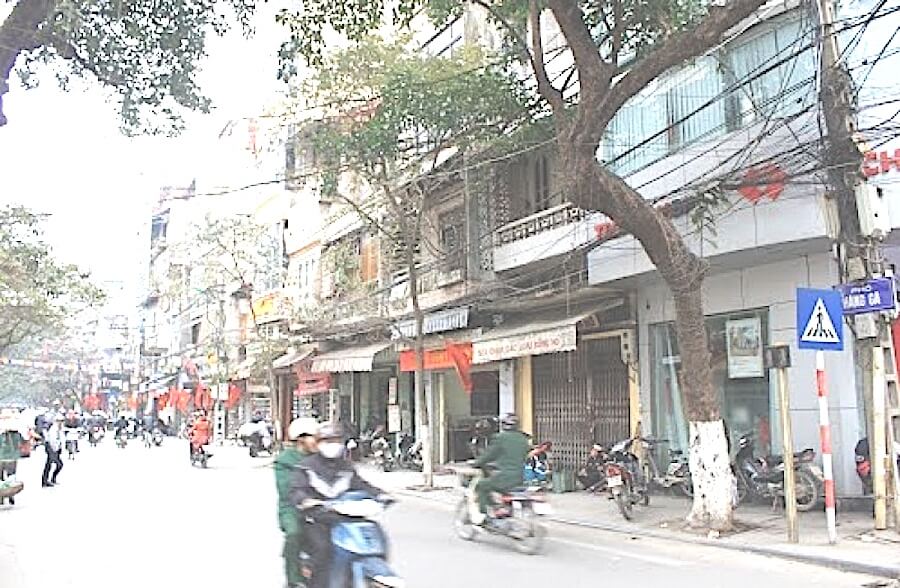
Hang Ga Street extends for approximately 200 meters, from Hang Cot Street to Hang Dieu Street. In the early 19th century, this area was a wasteland, with a few families settling here to build homes. In 1822, residents of Tan Lap and Tan Khai villages established a communal house, which remains at 16 Hang Ga Street. This communal house, known as Thai Cam, featured a well with exceptionally clear and sweet water, lending its name to both the communal house and the pagoda that stands nearby.
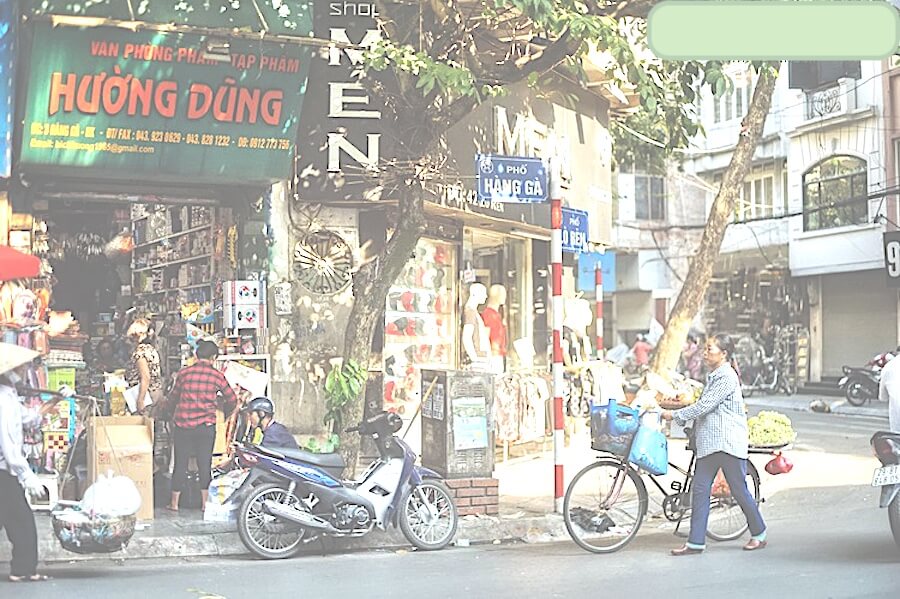
The street's history is marked by changes in name and identity. During the French colonial period, the street was named "Rue de Tien Tsin" to commemorate the Treaty of Tientsin signed between France and the Qing Dynasty in 1885. However, local Vietnamese continued to refer to it as Hang Ga - Cua Dong Street. Following Japan’s ousting of the French in Indochina, the Mayor of Hanoi, Tran Van Lai, officially reinstated the name Hang Ga Street in 1945.
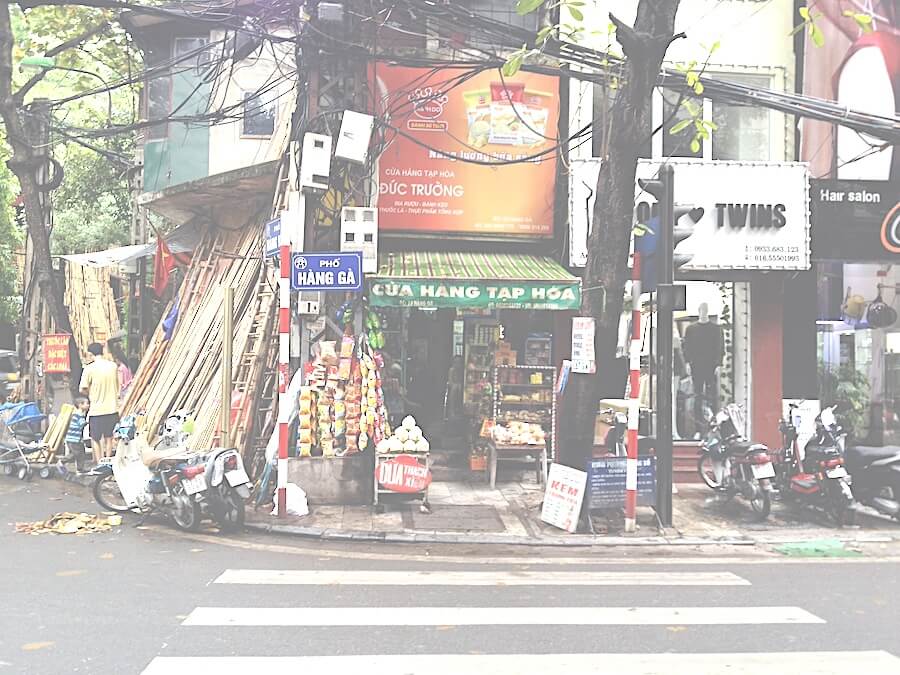
In earlier periods, administrative documents referred to the street as Tan Khai Street, reflecting its passage through the land of Tân Khai village. However, locals distinguished between the section near Bat Dan and Cua Dong Streets, known as Thuoc Nam Street, and the upper section connected to Hang Cot Street, known as Hang Ga Street, due to the numerous poultry vendors in that area.
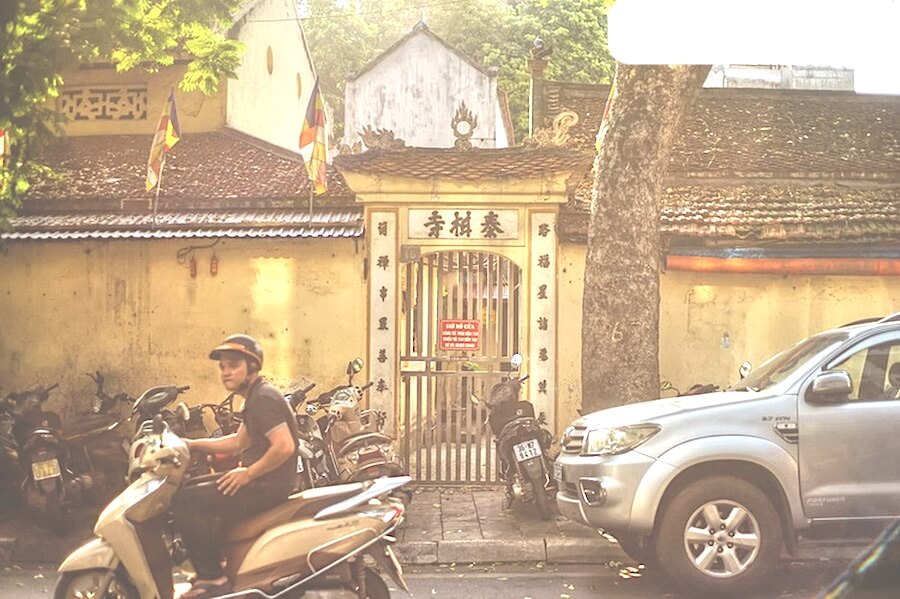
The street’s name and identity were again unified during the French colonial era under the name "Rue Tien Tsin," but the traditional name Hang Ga - Cua Dong persisted among the local population, who associated it with the poultry market at Dong Mon (Cua Dong Gate).
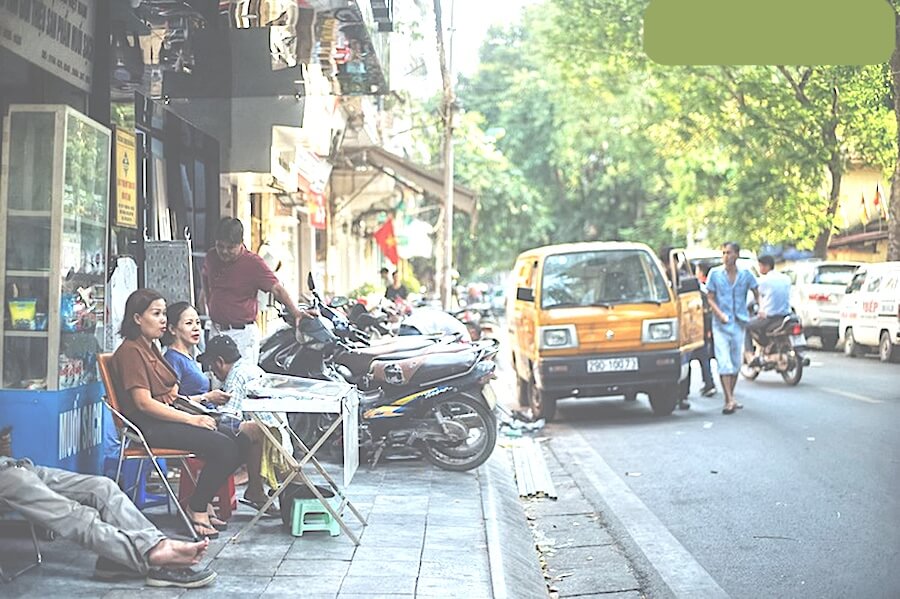
After the August Revolution of 1945, the revolutionary government officially named the street Hang Ga Street.
Thai Cam Pagoda, originally known as Tân Khai Pagoda, was constructed in the third year of Emperor Minh Mang's reign (1822), coinciding with the establishment of Tan Khai village. At present, the pagoda has become popularly known as Thái Cam Pagoda, due to the presence of an ancient well with sweet water, known as the Thai Cam pagoda.
The pagoda has undergone multiple reconstructions due to fires in 1828 and 1837, and significant damage during the early days of the resistance against French colonial forces. The only remaining structure from its original architectural design is the main sanctuary, which has retained its form since the eighth year of Emperor Bao Dai's reign. The current architecture of the pagoda results from renovations carried out in 1954.
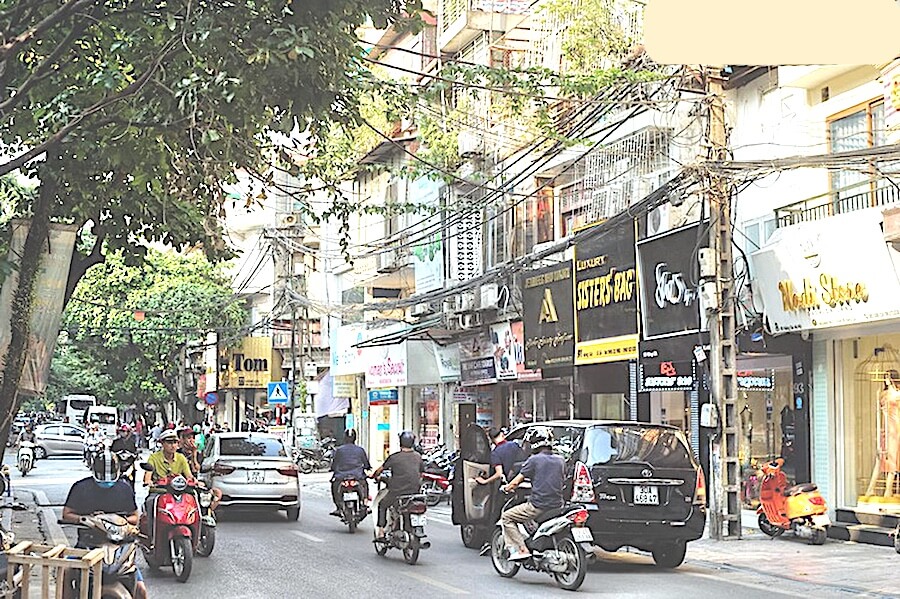
Today, Hang Ga Street has transformed significantly, becoming one of the ten specialized streets within the Old Quarter. It now features nearly 30 shops lined with glass displays showcasing a wide array of beautifully crafted wedding invitations. Signs bearing names such as Gia Huy, Yen Tuong, and Viet Tien reflect the dynamic and prosperous nature of the market economy. The majority of the shop staff are young, attractive, and skilled in computer design, readily creating wedding invitations tailored to the preferences of their customers.

From its humble beginnings as a labor-intensive street, Hang Ga Street has undergone a remarkable transformation, with its residents now enjoying an improved quality of life that mirrors the elegant and vibrant atmosphere of this bustling commercial street.
